Transitioning Off Gas
Research and policy recommendations to prune
the gas system, scale electrification, and protect ratepayers.
Cascadia boasts some of the most ambitious climate pollution-cutting goals in the nation. Meeting those targets requires millions of homes and businesses to transition off gas and onto clean electricity. But the state’s gas utilities are expanding, prolonging the lifespan of the polluting gas system and creating massive financial risks for gas customers. At the same time, gas utilities are obstructing decarbonization solutions while promoting dangerous, expensive, and unproven ideas like hydrogen for home heating.
Building and incentivizing clean appliances and infrastructure for individual homes—Cascadia’s approach to date—is necessary but not sufficient to meet today’s climate challenge. It’s time for a step-change in ambition. Cascadia needs to start pruning the gas system, electrifying whole neighborhoods, and recruiting gas utilities onto “Team Climate.” Sightline’s research and analysis provides state and local leaders and climate advocates with a roadmap for getting there quickly and equitably.
For Policymakers
Memo: Accelerating an Equitable Transition Off Gas
![]() Policy recommendations for Washington state for the 2024 legislative session
Policy recommendations for Washington state for the 2024 legislative session
Primer: Decarbonizing with Hydrogen
![]() What hydrogen is, different production methods, and best ways to use hydrogen
What hydrogen is, different production methods, and best ways to use hydrogen
Research and Analysis
Pruning the Gas System, Reducing Stranded Asset Risk, and Protecting Ratepayers
Explaining Washington’s Ballot Initiative 2066
Four ways the initiative could affect Washington.
It’s Time for Cascadia to Start Pruning the Gas System and Electrifying Whole Neighborhoods
Early efforts in California, Colorado, and New York offer lessons to get started.
It’s Time to Stop Subsidizing New Gas Pipes
Regulators across Cascadia should end line extension allowances, the subsidies ratepayers finance that expand utilities’ pipeline infrastructure.
Recruiting Gas Utilities to “Team Climate”
Without Gas, What Business Models Could Gas Utilities Pursue?
Several examples exist, and Cascadian policymakers can encourage shifts while setting guardrails to protect customers.
Is There a Future for Gas Utilities? It Could Be Heating and Cooling Your Home (from the Ground)
“GeoNetworks” are being piloted in New York and Massachusetts. Cascadia should be next.
Myth-busting Renewable Natural Gas and Hydrogen
Hydrogen Is Sneaking Its Way into Oregon Homes
Oregon laws can catch up to protect customers.
No, Hydrogen Is Not the Savior Gas Utilities Are Looking For
Gas companies are making a risky bet.
Responsibly Sourced Gas: Boon or Boondoggle?
A new certification measures the industry’s marginal progress, while buyers should keep their eyes on the true clean energy prize.
The Smoke and Mirrors Defense of RNG
The gas industry is writing checks that RNG alone can’t cash.
The Four Fatal Flaws of Renewable Natural Gas
Gas utilities are telling tall tales about RNG.



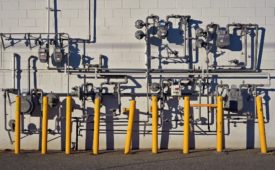



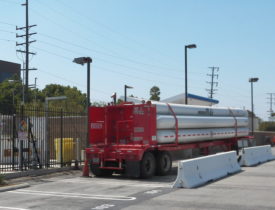
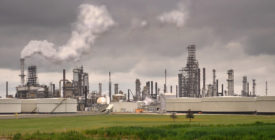
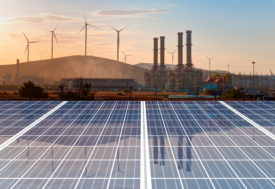
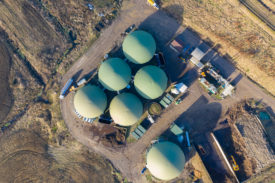
 Follow Emily at
Follow Emily at 
